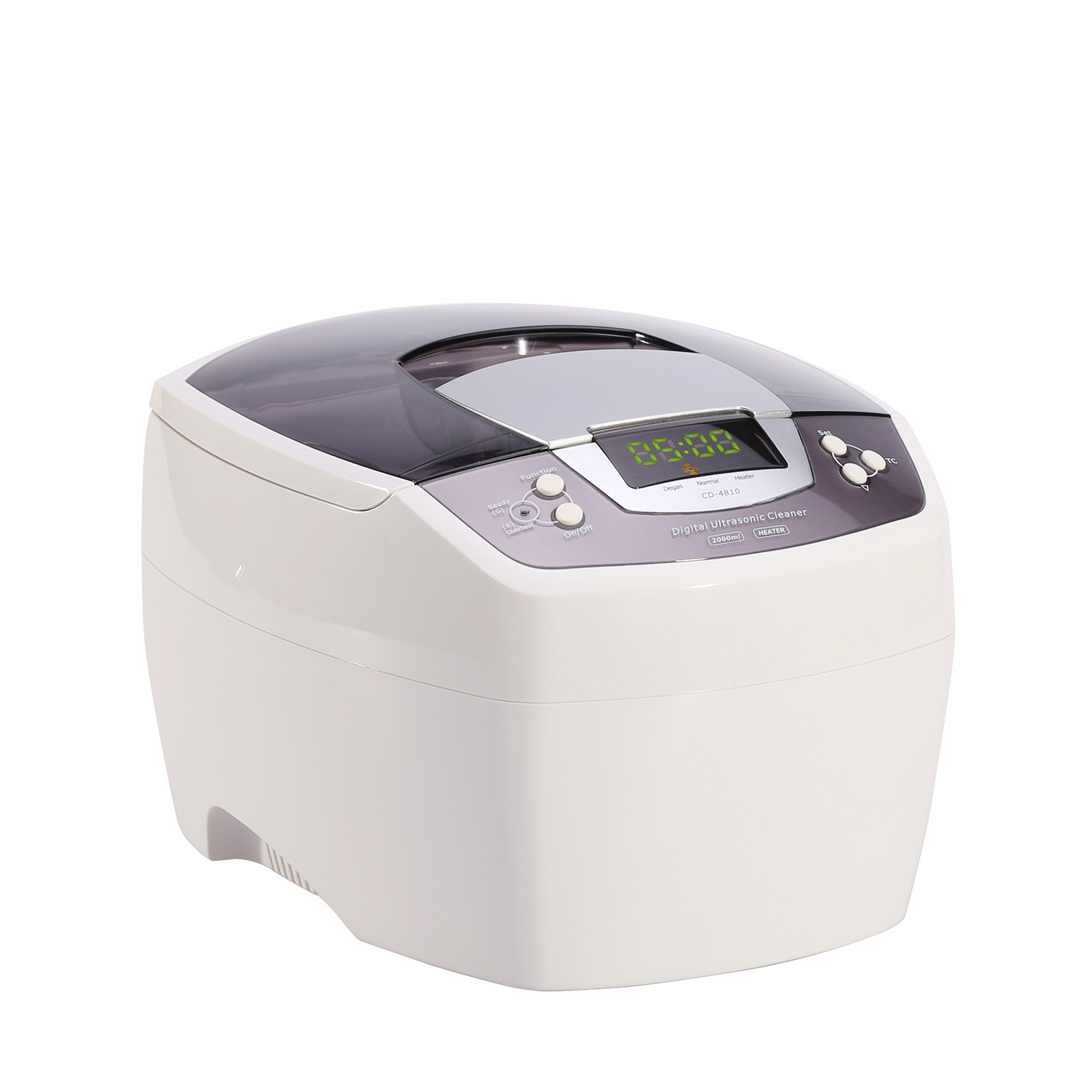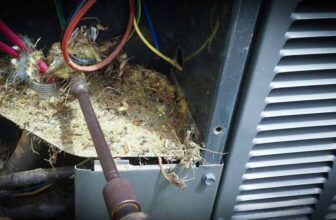
In the last few years, ultrasonic cleaning has become the go-to industrial cleaning method – and for good reason. Ultrasonic cleaning takes on the toughest of stains and dirt with ease.
Ultrasonic cleaners work by using ultrasounds, usually between 20 – 40 kHz, to agitate a fluid.
Also known as a wetting agent or surfactant, a cleaning solution reduces surface tension and optimizes the cleaning process. However, with so many options of solvents on the market, deciding on the right solvent can be tricky. But not to worry. Here’s a quick guide on choosing the right solvents.
Table of Contents
Know the Contaminant(s)
Ultrasonic cleaning is used for a wide range of items including firearms, surgical equipment, dental, jewelry, musical equipment, and industrial machine parts. These items often have a piling up of contaminants as you use them.
Common contaminants include dust, dirt, grease, powder residues, fungus, flux agents, blood, fingerprints, bacteria, like scale, polishing compounds, soot wax, burned on carbon, oil, pigments, and mold release agents.
Also, take note of the amount of contaminant you are dealing with. That information will help you decide how long it will take to remove the stains. Sometimes, the more dirt, the longer the time it takes or the more cycles of cleaning.

img source: lincos.tools
Kinds of Ultrasonic Cleaning Solutions
Once you have a fair idea of what contaminant you are dealing with, the next step is to choose a solvent. Ultrasonic solutions, provided by suppliers like L&R Ultrasonics, are in a number of groups including acidic solutions, alkaline solutions, enzymatic solutions, specialized cleaning solutions, neutralized solutions, and deionized water.
Let’s explore them further.
Acidic Solutions
Acidic solutions have a pH of 5.0 or less. These solutions perform well with metals. They are perfect for clearing lime deposits, scale, rust, and minerals from ferrous metals. However, acidic solutions can corrode your ultrasonic cleaner’s tank. So, avoid using acidic solutions for machines that are vulnerable to corrosion.
Alkaline Solutions

img source: amazonaws.com
These solutions have a pH of 10 or above. They excel at cleaning metals like tin, zinc, brass, copper, cast iron, and stainless steel. That’s why most people in the jewelry industry prefer alkaline solutions.
However, these solutions are also good for plastics, ceramics, and glass.
Enzymatic Solutions
Mostly used in the dental and medical fields, enzymatic solutions are best for removing protein-based stains. Whether the stains are on plastics, aluminum, stainless steel, and titanium, enzymatic solutions can remove them.
Neutral Solutions
Neutral formulations are recommended for gentle cleaning action. These solutions can easily remove pigments, grease, dust, from precious metals, ceramics, and plastic.
Others

img source: webshopapp.com
There are other kinds of solutions for your ultrasonic cleaner. For example, high caustic solutions excel at removing heavy waxes, oils, and grease from stainless steel and cast iron.
Deionized water is another great option. It keeps contact points from becoming impure. There are also specialized cleaning solutions that remove resins, waxes, soot, and smoke damage.
Demulsifying and Emulsifying Solutions
Ultrasonic cleaning solutions can also be grouped into two categories: demulsifying and emulsifying solutions. With emulsifying solutions, contaminants are held in suspension over a number of cleaning cycles.
Because the contaminants don’t float to the top during the cleaning process, you can’t easily remove them. In the long run, the contaminants in the cleaning solution will interfere with the cleaning process. This is why you might need a post-cleaning process. Emulsifying solutions are good for low-volume cleaning operations.
Demulsifying solutions, on the other hand, cause oils to float on their surfaces. That way, they are easy to skim off, either manually or using spray bars and weirs, for storage and disposal. Demulsifying conversations are great for high-volume cleaning tasks.
Be Careful About Flammable Cleaning Solvents
For most cleaning needs, water or aqueous-based solutions are perfect for the job. But for some rather stubborn stains that simply won’t go away and for cleaning technical equipment such as surgical equipment, you might need to use high-end and flammable chemicals. Examples of these chemicals are acetone, Isopropyl alcohol, hexane, and ethanol.
The problem with such chemicals is that they are highly flammable. So if you don’t handle them carefully, you might end up causing an explosion. That’s why you should use an explosion-proof device if you have to use flammable solvents at all costs. An explosion-proof is built to restrain solvents from getting in contact with the spark pints in an ultrasonic cleaner.
In using flammable solutions, however, make sure you follow the National Electric Code (NEC) and National Fire Protection Association (NFPA) criteria. Ideally, you should contact your local regulatory authorities for guidance on cleaning with such volatile solvents.
What About Making My Own Cleaning Fluid?

img source: shopify.com
Of course, in this DIY age, there’s almost nothing you can’t try your hands on. But chemistry is a rather technical field and if you don’t have the right information, you might end up making things worse. Besides these chemicals can be dangerous to you if you don’t know how to handle and mix them properly.
It’s best to purchase ready-made solutions from professionals who have spent years creating the perfect mix.
An excellent manufacturer will have ultrasonic cleaning solutions designed for specific industries. So you can have medical solutions, dental solutions, firearm solutions, scientific and lab solutions, fire and safety solutions, and industrial solutions.
Do Your Due Diligence
Ultimately, your choice of ultrasonic cleaning solution is based on the information you have. Read the manufacturer’s labels on your cleaning machine to make sure you understand what solutions are recommended.
Manufacturers and distributors offer several products and accessories to help you protect your ultrasonic cleaner, maintain your ultrasonic cleaning solution, help with the removal and disposal of contaminants.
For example, you can get filter pumps that easily sift the dirt particles from our cleaning solution.
For better effect, you can choose a dual filter system. Like killing two birds with one stone, you can get rid of contaminants while separating the dirt particles at the same time. Also, you can attach a pressure gauge that gives you notifications when the pump is under duress.
Only purchase cleaning solutions from tried and tested manufacturers. Read their reviews online to see their track record. That way, you can avoid inferior concentrates that won’t help the machine to perform at an optimum.







